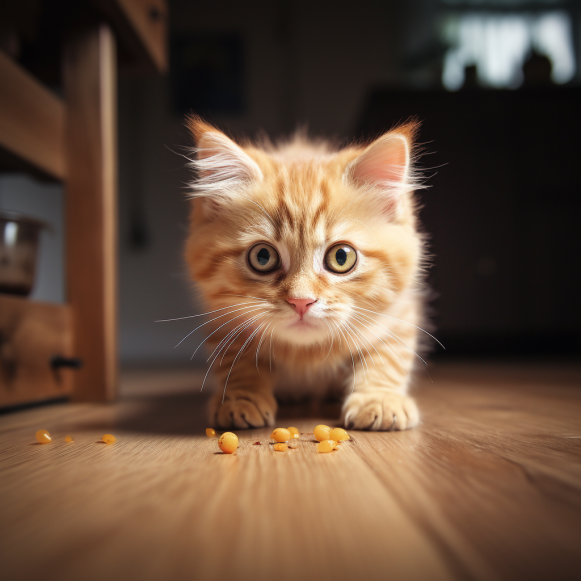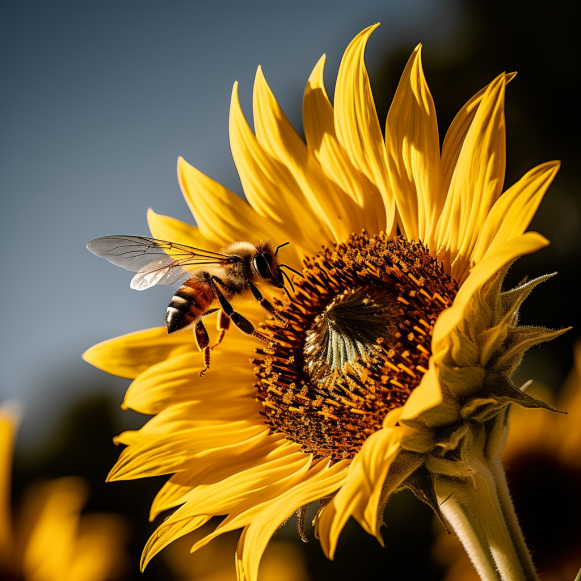San Jose cat’s perplexing habits: scratching around her food dish and hanging out under the bed

DR. JOAN: April, our 2-year-old tortie house cat, exhibits a few unusual behaviors.
She will occasionally drag her front paw across the floor near her food dish. It’s the same move she used in the litter box. It will be brief, and she will then proceed to eat. What do you believe is going on in her head?
Second, April frequently climbs under a bed, where it is dark and difficult to find her. This is a cat who walks around dragging her tail on everyone. She enjoys being close to us, lying on the floor with her hind paws touching our feet and purring loudly. She recognizes how fortunate she is to be living here. What is the reason for this frequent escape under a bed?
— Rod Lund from San Jose
DEAR ROD: Both of these cat behaviors are normal and common, which speaks volumes about cats’ eccentricities. It’s also a reminder that, despite being domesticated for centuries, cats are still one catnip mouse away from becoming wild.
Cats frequently appear to dig or bury their food. If they do it after eating, it could mean they had too much food and are saving the leftovers for later. Even though there is nothing for them to use, instinct tells them to bury it.
Scratching before eating is only slightly less common, but it is another relic of the wild. Cats can be territorial about their food because they used to have to hunt for it. Scratching the area around the dish is most likely an attempt to mask the scent of the food and keep intruders at bay.
Even the friendliest, most social cat requires “me” time by hiding under the bed. Or do you mean “me-ow” time? Cats sleep the majority of the day, and they sleep best in confined, quiet, hidden spaces where predators cannot sneak up on them.
It’s not a personal attack. It’s only a cat.
DR. JOAN: I used to see flocks of sparrows in the sagebrush in my front yard, but I haven’t seen any in a few weeks. I believe I know why. I was working on my computer when I noticed a hawk fly into the sagebrush out of the corner of my eye.
Is this a common occurrence?
Debbie Rheuark from Richmond
DEBBIE’S NOTE: Raptors prefer to consume their prey after they have killed it. Some raptors use the constrictor method, squeezing the life out of their prey, whereas others rip off the head and wings before eating.Whatever method of death is used, it’s serious business, and hawks don’t mess around, but I believe what you saw was a juvenile hawk learning how to feed itself. As a result, it may have been extra hungry and attempted to consume the sparrow before he dispatched it, resulting in the type of play activity you witnessed.





